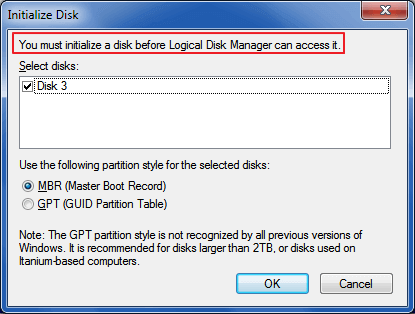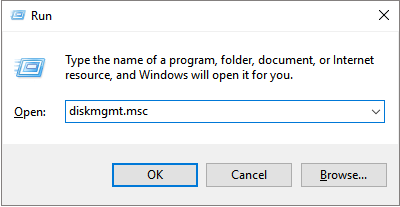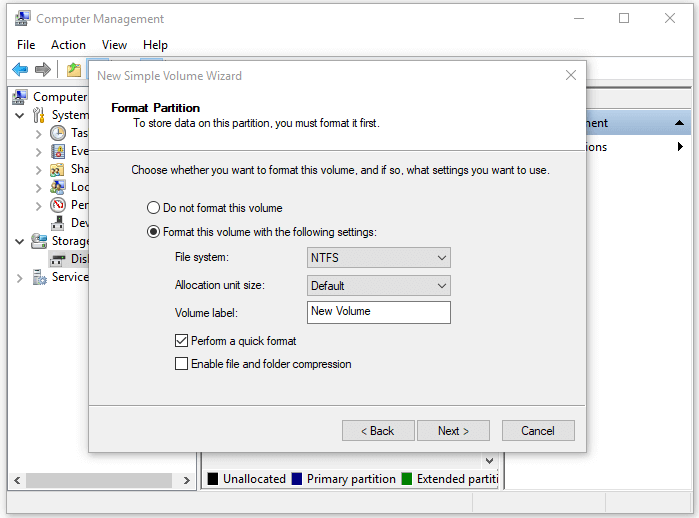
On Windows 10, the disk space shows unallocated space in Disk Management. How to Initialize Disk Without Losing Data This action should only be done when you plug a brand new hard disk that hasn't been used and formatted yet. Oftentimes, we initialize a hard drive to create partitions on the disk and then format the partition to create a file system. Initializing a disk may wipe almost all the data present on the initialized disk. That is also what we want to tell you - Do not initialize a hard disk unless it is extremely necessary. What Does Initializing Disk Mean?Ī question can always appear on many technology forums - Does initializing a disk erase it? The answer is of course YES.

Part 2: How to Initialize a Hard Drive 1. In the end, you just need to select the data you need and click "Recover" to save them onto your computer or another external disk.ĭownload | Win Windows Version Download | Mac Mac Version You can check how many files on that disk can be recovered by the file names.


Select your uninitialized hard drive, and click the "Start" button to scan data on it.Ī quick scan will start first. Make sure your uninitialized external hard disk has been connected to the computer, and it should display on the list on the next Window.Īll the recognized hard disks will be shown here.

This is very important to avoid hard drive data being overwritten. To recover data from uninitialized disk, please do not format or initialize your disk when you see the error messages like "RAW drive is not initialized", "Format Drive" or "Drive cannot be accessed" on your computer.


 0 kommentar(er)
0 kommentar(er)
